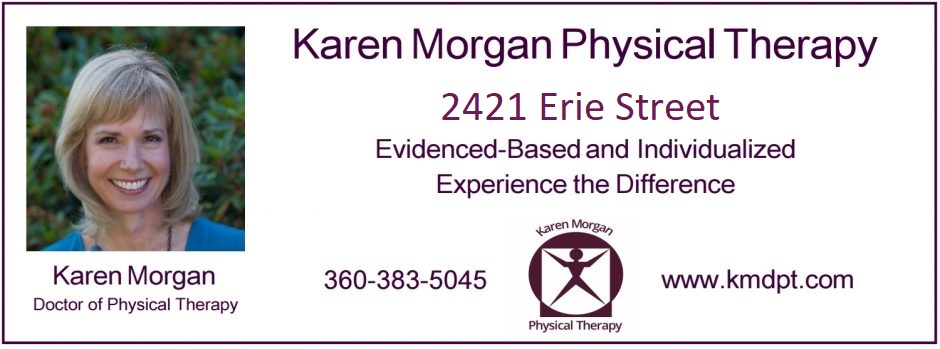March 16, 2019
Chronic pain is one of the most underestimated healthcare problems today. In the US, more people live with chronic pain than cancer, heart disease and diabetes combined. 16% of 16-23 year olds will experience persistent pain. This increases to 20% and 30% of the 20 and 30 year old population, and by age 42 it picks up speed hovering between 35-37 % all the way through our 90’s. Basically, in a given year, over 100 million Americans have some form of persistent pain, and per capita, we are outspending our global neighbors on it (approx. $7800 per capita in the US versus $3000-$4700 in Canada and Europe). Granted, we also outstrip most of our neighbors in population, so it would make sense we have more problems here with pain. Quite honestly, we are experiencing a pain epidemic. This raises some questions in my mind. Why is this? What is creating such a crisis? So. Pain. 2 kinds, folks. Acute and chronic.
Acute pain is directly linked to an injury, is relatively more sharp and severe than chronic pain, and typically lasts 3-6 months. Chronic pain is defined as experiencing pain for more than 12 weeks. It may arise from an injury or from no clear cause. Fatigue, sleep disturbance, reduced appetite and mood changes often accompany chronic pain. Chronic pain usually reduces movement, which further reduces flexibility, strength and stamina, which in turn, can create disability and despair.
Chronic pain releases a cascade of emotionally-driven learning events that reorganize the brain. Rephrased: the area of the brain responsible for emotional reactions, becomes the boss of your brain and becomes highly sensitive in interpreting sensations as pain, even if those sensations have nothing to do with harm, hurt, or injury. So, essentially, an impulse coming into the body, can be relatively harmless, but when the information reaches the brain, it passes from the prefrontal cortex to the amygdala, which then reacts to the information. Processing gets sent around the brain, and the consensus interpretation sent out down to a body part is, “THAT HURTS!” Or put more simply, it is like having a drama queen in charge of interpreting your sensations. How do you think that goes over for the body? What can we do about THAT?
